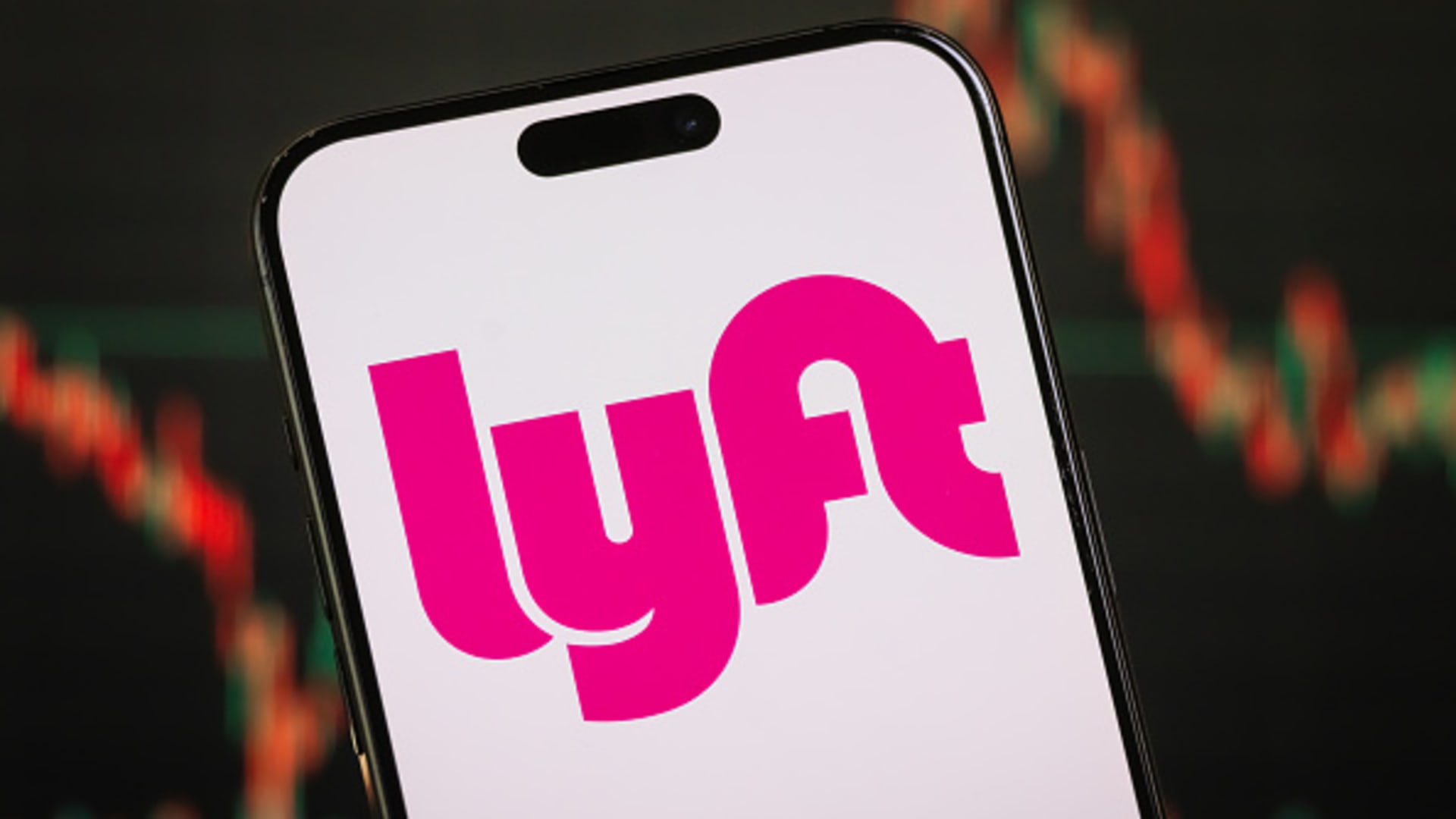The Pulse of the Market: Decoding Premarket and After-Hours Stock Movements
The stock market never truly sleeps. While the official trading hours may run from 9:30 AM to 4:00 PM ET, the real action often happens before the opening bell and after the closing one. Premarket and after-hours trading serve as crucial indicators of market sentiment, offering investors a glimpse into how stocks might behave once regular trading begins. This analysis dives deep into the most significant movers in these extended sessions, uncovering the stories behind the numbers and what they mean for traders and long-term investors alike.
Premarket Movers: The Early Birds Catching the Worm
Premarket trading, typically occurring between 4:00 AM and 9:30 AM ET, sets the tone for the day. Stocks that move significantly in this session often react to overnight news, earnings reports, or macroeconomic shifts. Here’s a breakdown of some key players making waves before the opening bell.
Lyft’s Rollercoaster Ride
Lyft has been a textbook example of extreme volatility in premarket trading. The ride-hailing giant recently reported $4.16 billion in gross bookings for Q1, a 16% year-over-year increase in rides. This positive performance initially sent its stock soaring 11% in premarket trading.
However, the celebration was short-lived. The company’s weak guidance—projecting $975 million in revenue versus analysts’ expectations of $1.09 billion—triggered a 31.5% plunge in its stock price. This stark reversal highlights how fragile investor confidence can be, especially when future outlooks fall short.
Coinbase’s Crypto Conundrum
Coinbase, a bellwether for the cryptocurrency market, delivered a mixed bag in its Q1 earnings. While it beat EPS estimates ($1.94 vs. expectations) and posted $2 billion in revenue (up 24% YoY), the market reaction was lukewarm. Shares dipped 2% in premarket trading, reflecting lingering concerns over crypto volatility and regulatory crackdowns.
The takeaway? Even when a company meets or exceeds earnings, broader market sentiment—especially in speculative sectors like crypto—can overshadow fundamentals.
Affirm’s Buy Now, Rally Later
Affirm Holdings, a leader in the “buy now, pay later” space, saw its stock jump over 9% in premarket trading after reporting $866 million in Q2 revenue, beating expectations. The surge underscores the growing demand for flexible payment solutions, particularly among younger consumers.
Affirm’s success also signals a broader trend: fintech companies that align with shifting consumer behaviors can outperform even in uncertain economic climates.
After-Hours Movers: The Night Owls’ Playground
After-hours trading (4:00 PM to 8:00 PM ET) often reveals how investors digest earnings reports, guidance updates, and breaking news. Here are the stocks making noise when most traders have already clocked out.
Pinterest’s Social Media Surge
Pinterest’s stock climbed 1.98% in after-hours trading, fueled by strong user engagement and e-commerce integration. The platform’s shift toward shopping features and visual discovery has paid off, attracting both advertisers and retail investors.
This movement suggests that social media stocks with clear monetization strategies—especially those tied to online shopping—remain resilient despite broader tech sector pressures.
The Trade Desk’s Advertising Triumph
The Trade Desk, a programmatic advertising powerhouse, surged after beating Q1 EPS estimates. The company’s ability to capitalize on the shift toward data-driven ad buying has made it a favorite among growth investors.
This performance reinforces a key trend: digital advertising remains a high-growth sector, and companies with strong tech backbones (like The Trade Desk) are well-positioned for long-term gains.
Expedia’s Travel Rebound
Expedia’s stock rose 1.51% in after-hours trading, riding the wave of post-pandemic travel demand. With airlines and hotels reporting strong bookings, Expedia’s recovery signals broader optimism in the leisure and hospitality industry.
For investors, this serves as a reminder: cyclical stocks tied to travel and experiences can rebound sharply when consumer confidence returns.
Conclusion: Mastering the Market’s Extended Hours
Premarket and after-hours trading are more than just side shows—they’re critical indicators of market sentiment. Stocks like Lyft, Coinbase, and Affirm demonstrate how earnings surprises and guidance shifts can trigger dramatic price swings before the opening bell. Meanwhile, Pinterest, The Trade Desk, and Expedia prove that after-hours moves often reflect deeper trends in consumer behavior and economic recovery.
For investors, the key takeaway is simple: stay informed, stay adaptable. The market’s extended hours offer valuable clues, but they also demand a disciplined approach. Whether you’re a day trader capitalizing on volatility or a long-term investor spotting trends, understanding these movements can mean the difference between catching a rally—or getting caught in a downturn.
The market never stops moving. The question is—are you keeping up?











